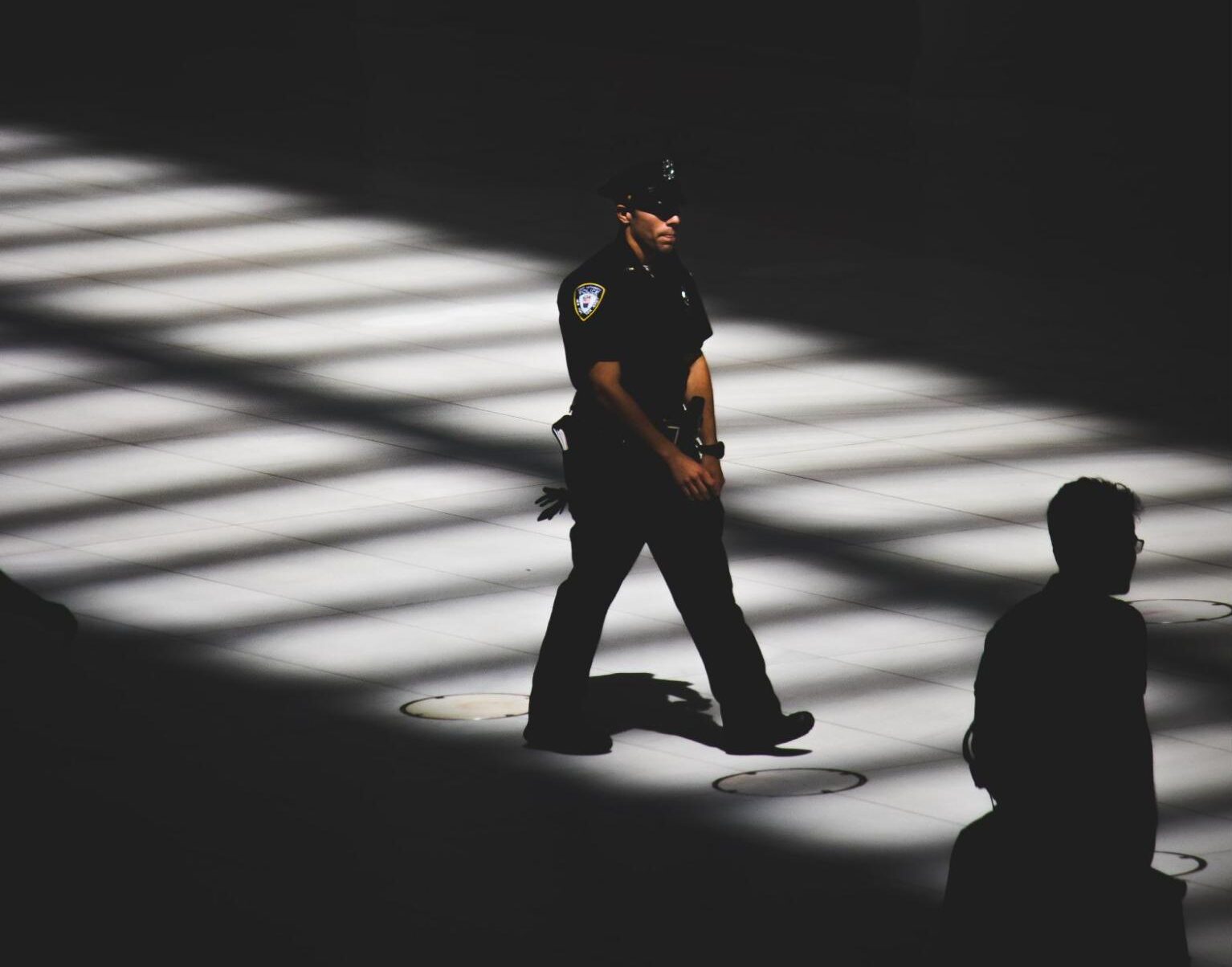You may have heard the term “blue-collar crime” and wondered what it means. Or, maybe you wonder where the term came from in the first place. Understanding the blue-collar crime definition is helpful and crucial as these crimes are ever-present. This article will dive deeper into the meaning and origins of blue-collar crime.
What is Criminal Law?
Criminal law refers to a body of laws that define offenses against the public, the penalties for committing those offenses, and the legal procedures surrounding arrest, prosecution, and punishment. It encompasses a wide range of actions considered unlawful by the government, categorized as misdemeanors or felonies, with the potential for different legal consequences.
What is Blue-Collar Crime?
To begin, what does blue-collar mean? Understanding the blue-collar crime meaning will help in contextualizing the term. Investopedia says, “The term blue-collar refers to a classification of people, especially those in the workforce. Blue-collar workers are considered the working class. They typically work in manual labor and are compensated by the hour or through piecework. The term was adopted because of the darker-colored clothing these workers wore.”
So, what is a blue-collar crime? Because crime is such a broad term, there are terms for distinctive types of crimes. This is where blue-collar and white-collar crimes come into play. According to Notre Dame College, “blue-collar crime can refer to violent acts, such as murder, sexual assault, and armed robbery. It also includes non-violent crimes such as prostitution, illegal gambling, and more. Blue-collar crimes are often easier to detect, have a clear victim, and are without a doubt illegal to those observing the action.” This is all in contrast to white-collar crimes that are more difficult to detect and can victimize many people.
Where Did This Term Come From?

“Blue-collar” might seem like an odd term. The term blue-collar dates back to the 1920s. Investopedia explains, “Many of those in blue-collar or trade occupations who did taxing physical labor in varying temperatures (coal miners, masons, bricklayers, boilermakers, and welders) wore darker colors, which didn’t show dirt as readily. So it was not unusual to see them wearing boiler suits, chambray shirts, overalls, and jeans all in the color blue.”
The label stuck as we still use the term blue-collar today. However, the meaning is shifting a little. In the past, “blue-collar” was almost a derogatory term. It usually referred to someone unskilled or uneducated. It was not a very flattering term for workers who did manual labor. However, the definition of blue-collar is shifting; blue-collar workers often undergo a lot of training through trade schools, apprenticeships, and similar programs. Blue-collar workers now are often highly skilled and highly educated.
Blue-Collar Crime Causes
The causes behind engaging in blue-collar crime can be multifaceted, encompassing several aspects within the blue-collar crime definition. Factors such as financial pressures, lack of job opportunities, substance abuse issues, poverty, peer influences, and inadequate education or training may contribute to individuals resorting to criminal activities.
Blue-collar crimes often arise from a combination of personal circumstances and broader societal challenges. Financial strains, driven by economic instability or personal debts, can propel individuals towards illegal activities as a means of financial survival. The lack of viable job opportunities, coupled with limited access to quality education or vocational training, can create a sense of hopelessness, pushing some individuals towards unlawful actions in pursuit of livelihood.
Substance abuse issues also intertwine with blue-collar crime, as addiction can lead individuals to commit offenses to sustain their habits. Moreover, the influence of peers or social circles involved in criminal behavior can significantly impact an individual’s decision to engage in illegal activities.
In a broader societal context, economic disparities, social inequalities, and systemic issues within communities contribute to the prevalence of blue-collar crimes. These systemic challenges often affect marginalized or disadvantaged communities disproportionately, fostering environments where individuals face higher risks of involvement in criminal behavior due to a lack of resources, opportunities, or adequate support systems.
From a legal perspective, addressing blue-collar crimes involves understanding these multifaceted causes and implementing comprehensive strategies.
Legal practitioners and policymakers work towards not only prosecuting offenders but also implementing preventive measures. This includes initiatives focusing on education, vocational training, substance abuse rehabilitation programs, and community support services aimed at reducing the underlying factors that contribute to blue-collar crime.
Collaborative efforts between legal authorities, social services, and communities are pivotal in addressing these challenges, aiming to create a more equitable and supportive environment, thereby reducing the incidence of blue-collar crimes.
Examples of Blue-Collar Crimes
Now that we have a good foundation on the history and definition of blue-collar, we can examine some examples of blue-collar crimes. As stated previously, blue-collar crimes often have a very clear victim and are easy to detect. They can be either violent or non-violent and are illegal to any onlooker.
Blue-collar crimes could include fraud, theft, assault, and drug crimes. Blue-collar crimes are becoming more difficult to detect or understand, so people must stay informed when it comes to these crimes.
What is the Difference Between a Misdeamoner and a Felony?
The distinction between misdemeanors and felonies lies primarily in the severity of the offense and the associated penalties.
Misdemeanors are less serious crimes, usually punishable by a maximum of one year in jail, community service, fines, or probation. Felonies, on the other hand, are more serious crimes and often involve violence or high-value property damage. Felonies carry heavier penalties, including imprisonment for more than one year, significant fines, and potential loss of certain civil rights such as voting or owning firearms.
What Are the Legal Penalties for a Blue-Collar Crime?
The legal penalties for blue-collar crimes vary depending on the nature and severity of the offense. Sentences can include imprisonment, probation, fines, restitution to victims, community service, or rehabilitation programs. The severity of the penalty is often determined by factors such as the type of crime committed, the criminal history of the offender, and the circumstances surrounding the offense.
Are There Any Defenses to Misdemeanor Blue-Collar Crime?
Defenses to misdemeanor blue-collar crimes may include lack of intent, mistaken identity, insufficient evidence, self-defense, entrapment, or alibi. Each case is unique, and the availability and success of these defenses depend on the specific circumstances of the alleged crime. Consulting an experienced attorney is crucial to determine the most appropriate defense strategy.
Do I Need An Attorney For Blue Collar Crime?
Having legal representation is highly advisable when facing any criminal charges, including blue-collar crimes. An attorney specializing in criminal law can provide guidance, protect your rights, assess the evidence against you, negotiate with prosecutors, and represent you in court if necessary. Their expertise can significantly impact the outcome of your case, potentially reducing charges or securing a favorable plea bargain.
Esplin | Weight Is Here to Help
If you find yourself facing an issue with the law or want to gain a better understanding of crime and the justice system, Esplin | Weight can help. We are always looking for ways to maximize the value of our legal services, and we are dedicated to you and your goals as our client.






